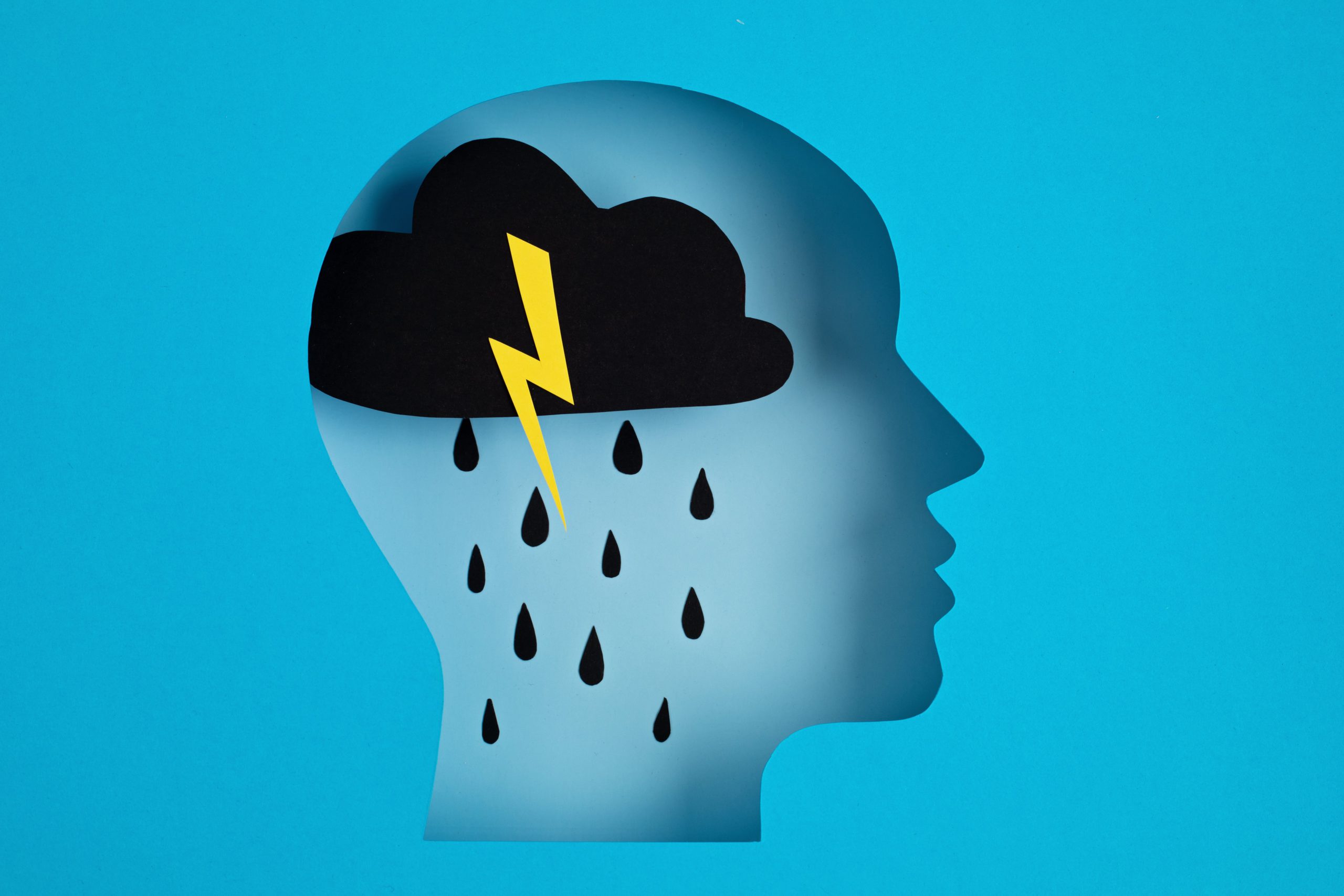We are in the midst of a mental health crisis.
During the first year of the pandemic, the prevalence of anxiety and depression increased by an unprecedented 25% globally, reported the World Health Organization.
Mental health impacts everything about a person’s life, including their overall well-being, and their ability to work and maintain relationships. It also affects their physical health. Mental health disorders are associated with many chronic diseases, including diabetes, heart disease, and cancer. New research explores the link between depression and dry eye disease.
What to know about dry eye patients and depression
Depression is more prevalent in patients with dry eye disease (DED) than in the general population, according to a new study published in JAMA Ophthalmology. Patients who screened positive for depression had worse dry eye symptoms and overall dry eye signs, but similar inflammatory markers compared with those with dry eye who screened negative for depression.
A new study found that patients who screened positive for depression had worse dry eye symptoms.
Dry eye is common, affecting about 16 million Americans, a number that has likely increased during the pandemic. Symptoms can range from mild irritation — caused by staring at a computer screen all day, for example — that can be easily managed with over-the-counter eye drops. More severe dry eye symptoms are sometimes associated with certain autoimmune conditions like Sjogren’s syndrome and rheumatoid arthritis.
It’s not known why dry eye symptoms were worse in patients who were diagnosed with depression, though it makes sense that severe symptoms would impact a person’s quality of life and mental well-being, researchers told U.S. News & World Report. Other possibilities might be that people with depression perceive pain differently, or have contributing lifestyle habits, such as spending more time online or watching TV.
It’s unclear whether treating dry eye disease can help ease depression, according to Anat Galor, M.D., an expert on ocular surface pain and dry eye, who wrote an editorial published with the findings. What’s important is that when a person with dry eye disease also has depression, both conditions are addressed, stated Dr. Galor.
Educate patients about new treatment options
Proactive patient education is necessary since so many people with dry eye disease don’t realize their symptoms have a name or can be treated. Some sources suggest that only five percent of dry eye sufferers have been diagnosed and treated. To get more patients in the door, consider sharing this video on your website and social media pages:
Let dry eye patients know that there is hope. New treatments and even exercise have been shown to improve symptoms.
There is hope for dry eye sufferers. Dry eye therapy has come a long way in recent years, with new treatments and delivery methods receiving FDA approval. See our recent post from dry eye expert Dr. Paul Karpecki, A Novel Delivery Method for Dry Eye Signs and Symptoms.
A recent study published in BMC Ophthalmology found that aerobic exercise promotes tear secretion and improves tear film stability in dry eye patients. Researchers found an increase in tear secretion in dry eye patients after 30 minutes of jogging, along with a significant reduction of an oxidative stress marker, one element of tear composition. Oxidative stress damages the ocular surface. Since exercise is also known to improve symptoms of depression and anxiety, there is no downside to recommending it to patients.
Read one more? Why Behavioral Health Is Every Doctor’s Business

